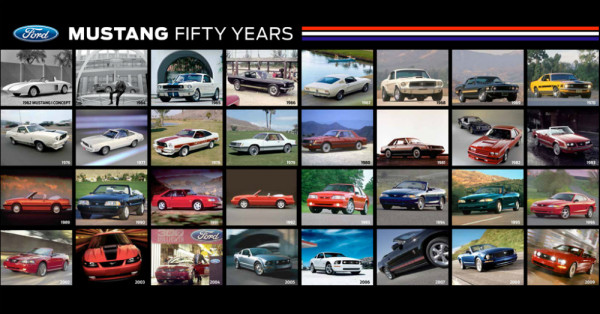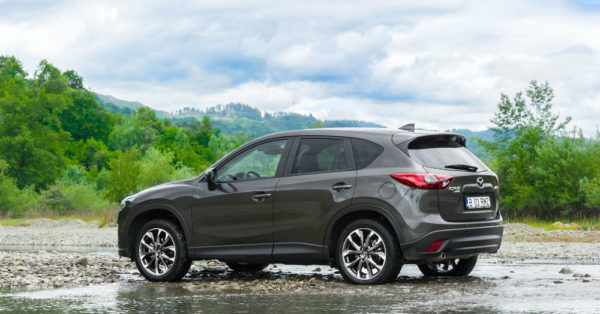When you see a concept car at an auto show that looks like it really could be easily transformed into a real production car are you disappointed when the production car changes completely from what you saw? Such was the case for the Mustang.
When you think of a Mustang what images and characteristics go through your head? Typically the first part is this car is a front engine machine that is powered by a massive V8 engine with room for four to ride comfortably. You might also envision the rear tires spinning wildly or the snub nosed front end that is fitted with the signature galloping horse logo that has become part of Mustang lore. Even though this pony car has taken on several different body styles over the years, these characteristics have been consistent through the years.
Would it surprise you to learn that none of those characteristics were part of the original Mustang design? If you have visited the Henry Ford Museum you have had the opportunity to see what the Mustang was supposed to be, at least in concept even though it’s not what it eventually became at any point in production.
The concept car which was drawn up in May of 1962 and named the Mustang I was named not only for the fighter jets of WWII but also for the wild west and galloping horses. This car was low and sleek with a narrow line from the front to the back. The differences were numerous between this car and the actual production model. This car was a mid-engine model that was powered by a V4 engine and only had two seats inside a tiny cockpit. This space was so small in fact that the seats couldn’t move so the engineers had to create pedals and a steering wheel that could move to allow drivers of various heights to drive the car.
Other differences include the lack of a roof and a roll bar that came up behind the cockpit to make the car look like a racing machine of the time, which is exactly what it was supposed to be. In fact the concept was made to show the world that Ford was in the racing game and this was the car that would carry the name forward. It was designed and built quickly and then debuted at Watkins Glenn later in 1962 where it was the hit of the show.
I guess the question really is how does a car that was such a show stopper and featured in its concept form in several magazines one that ended up being changed so much from concept to production? While I don’t have the answer for that question, there are some design elements that made it to the production model although they are only a few. One was the galloping horse logo and another was the turn signals that were integrated into the bumper. Otherwise the Ford Mustang that hit the road was much different from Mustang I, but I would say Ford has no regrets for making this change.




